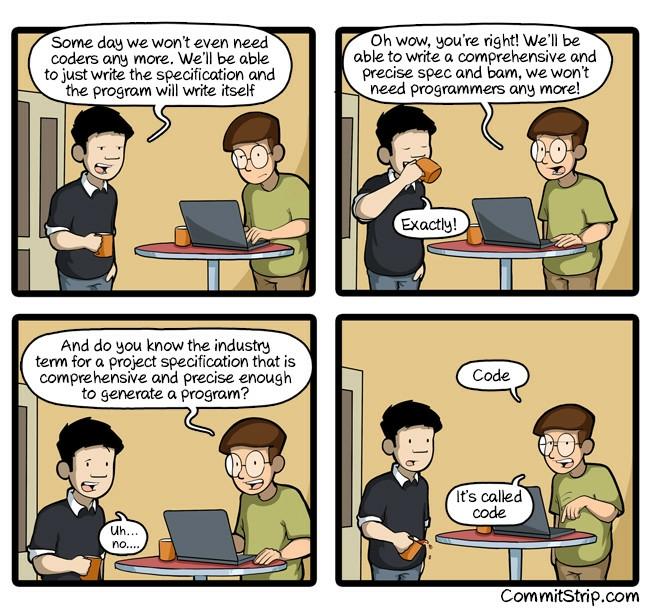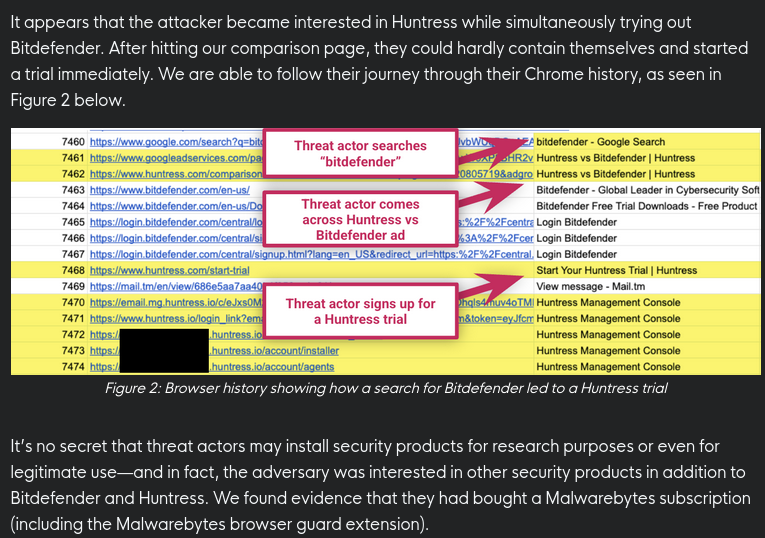Posts
2837Following
682Followers
1507Sven Slootweg, low-spoons mode ("still kinky and horny anyway")
joepie91@slightly.techStreetComplete is a really fun and accessible way to contribute to OpenStreetMap from an Android device - walk around in your local neighbourhood (or anywhere really) and solve 'quests' by answering questions about the things around you!
You don't need to learn anything about mapping conventions, or infrastructure, or about the more complex mapping tools that exist for OpenStreetMap. The app will explain everything to you that you need to know, when you need to know it, and ask easily understandable questions with reference pictures for the answers.
The only setup needed is to make an OSM account and log into it from the app, so that it can upload your answers - and you can also do that at any later time, after trying out the app without an account for a while first. You can just install it and go outside right away!
The app doesn't need any cellular internet connection; it can work offline and synchronize your answers once you reach a place with eg. WiFi. It's also quite performant, and should run well even on lower-end phones. There is also a 'multiplayer' option that lets you split up in teams and each tackle different quests in the area.
Natasha Jay 🇪🇺
Natasha_Jay@tech.lgbtWe have been trying to replace coders with some technology since at least COBOL.
https://www.commitstrip.com/en/2016/08/25/a-very-comprehensive-and-precise-spec/
Frank Karlitschek
Karlitschek@mastodon.socialNextcloud will invest 250 million euros until 2030 in sovereign Open Source solutions and we expand our channel partner program. Interesting times ahead.
https://nextcloud.com/blog/nextcloud-community-sovereignty-for-everyone/
Kevin Karhan 
kkarhan@infosec.space
Anyone interested in #ReverseEngineering a pointlessly #NDA'd "bus" system that makes it harder for no valid reason to resurrect some otherwise still functional #SATCOM gear?
https://www.beamcommunications.com/document/9-manual-9522b-l-band-transceiver/file page 15
buherator
buherator#ReverseEngineering #capitalism
James Kettle
albinowax@infosec.exchangeI've just upgraded Turbo Intruder with a shiny new algorithm called HTTP Anomaly Rank, which automatically finds the most unusual responses in your attack! Here's a quick demo, full details in the writeup below: https://youtu.be/z92GobdN40Y
buherator
buherator
 radare
radare 
radareorg@infosec.exchange
Friendly reminder from @buherator about your thoughts on reshare and r4ghidra projects: #poll
r4ghidra-r2web - https://mbbkepfl.formester.com/f/GfJNIHusN
r4ghidra-REPL - https://mbbkepfl.formester.com/f/invMupinF
REshare - https://mbbkepfl.formester.com/f/rLvls916S
Attacker Friction
attackerfriction@infosec.exchangeYou install PSP on your operator workstation and the vendor starts spying on you.
https://www.huntress.com/blog/rare-look-inside-attacker-operation
buherator
buheratorhttps://www.huntress.com/blog/rare-look-inside-attacker-operation
You only install this stuff, because you trust the vendor (and their government, etc.). Or not, see Kaspersky vs. US.
#AntiVirus #EDR #HackBack
Bianca Kastl
bkastl@mastodon.socialThat's … special. Scientists in the field of artifical intelligence telling von der Leyen to stop AGI buzzwording.
timorl
timorl@social.wuatek.is@keepassxc I think you misunderstood the “plausible-looking generation” criticism. The issue is not that the LLM is created to purposefully slip changes past reviewers, that would indeed be quite silly. It is trained by optimizing for plausible looking output – in essence the LLM “tries” to generate code that looks plausibly correct and such code is correct only inasmuch as code being correct is correlated with code looking correct. In contract humans when coding are trying to create correct code, and correctness there is related to how well a given human can generate correct code. The worry is that when a human makes a mistake it has a much higher chance of looking like a mistake, while LLMs are more likely to create correct-looking mistakes, because they are optimized for creating correct-looking output in general. This is what people mean when they say that LLMs will “sneak” mistakes past reviewers, and perhaps a reason to at least have different approaches to reviewing these two kinds of code.
I’m not sure what to think about the change in general, given what I know about LLMs your approach still makes me quite uneasy, but probably not enough to switch to a different password manager. Anyway, just wanted to explain the apparent confusion about this specific argument.
Oh, and since I’m writing to you already – thanks a lot for maintaining KeePassXC, it’s on the short list of software that works exactly as I like and I really have no complaints about. 
buherator
buheratorhttps://scribe.rip/@Debugger/how-i-got-domain-admin-via-citrix-fas-through-esc3-40c6b86d7ae1
buherator
buheratorhttps://scribe.rip/@Debugger/from-vendor-to-esc1-ed32281b7ea7
Awesome blog post explaining why ~all enterprise domains could be pwned via ADCS lately: vendors prescribe insecure configuration to integrate their stuff!
(AFAICT I couldn't post this from my RSS reader, but if you see this for the fifth time, I'm sorry!)
buherator
buheratorShow content
https://www.youtube.com/watch?v=WownWX6HUTs








